A simple score from triglycerides and HDL that hints at how plaque‑forming your blood fats may be.
Securely stored in EU
Cancel anytime
Test 100+ biomarkers
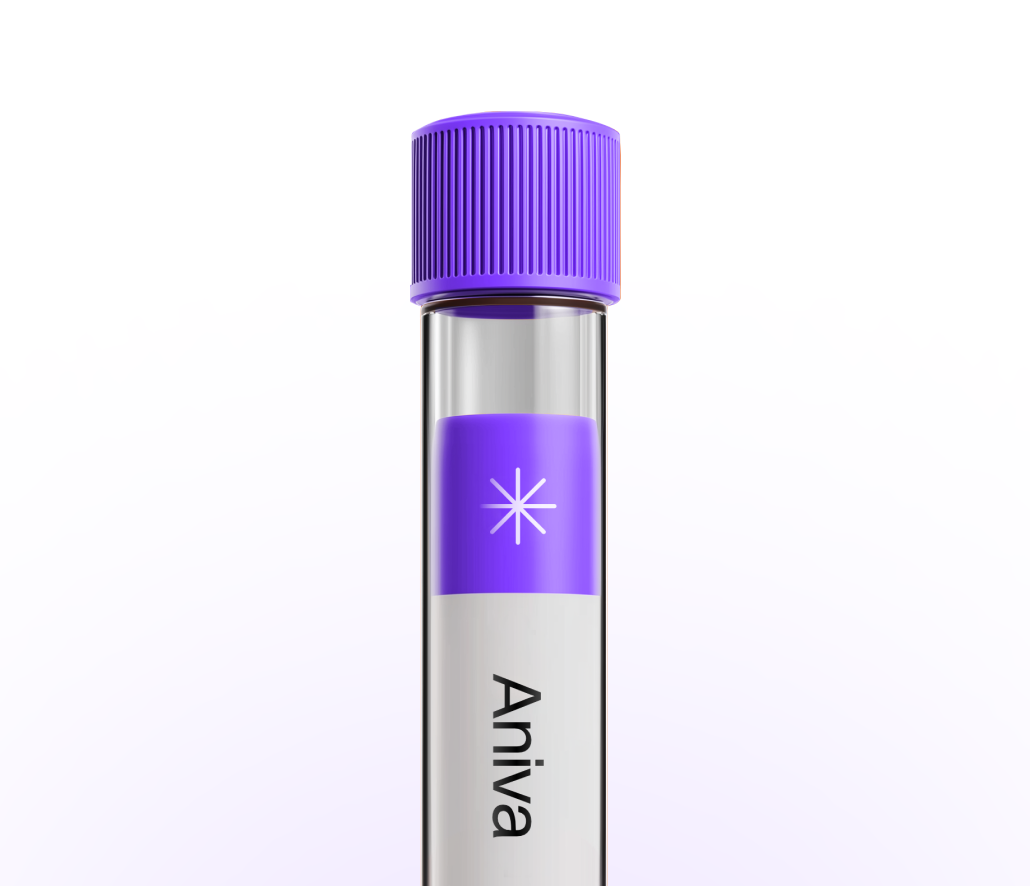
Less than 5 minutes waiting time. One
simple test at one of our 20+ locations.
Get your lab reports within one week.
Accessible on our app and per PDF.
All your health records stored
in a single, convenient place.

Clinicians use this index to add context to a standard lipid panel, especially when triglycerides are high or HDL is low. It can help discuss heart risk, insulin resistance patterns, and track response to lifestyle changes. This marker is not guideline-endorsed; results should be considered alongside established risk tools. You can test this marker with Aniva across Germany and Finland.
Clinicians use this index to add context to a standard lipid panel, especially when triglycerides are high or HDL is low. It can help discuss heart risk, insulin resistance patterns, and track response to lifestyle changes. This marker is not guideline-endorsed; results should be considered alongside established risk tools. You can test this marker with Aniva across Germany and Finland.
High: Suggests a more atherogenic lipid pattern and potentially higher heart risk context. Discuss diet, activity, alcohol, and medications; recheck when stable.
Low: Suggests a less atherogenic pattern. Still review LDL, ApoB, blood pressure, smoking, and overall risk factors. This index is not guideline-endorsed; no standardized cutoffs.
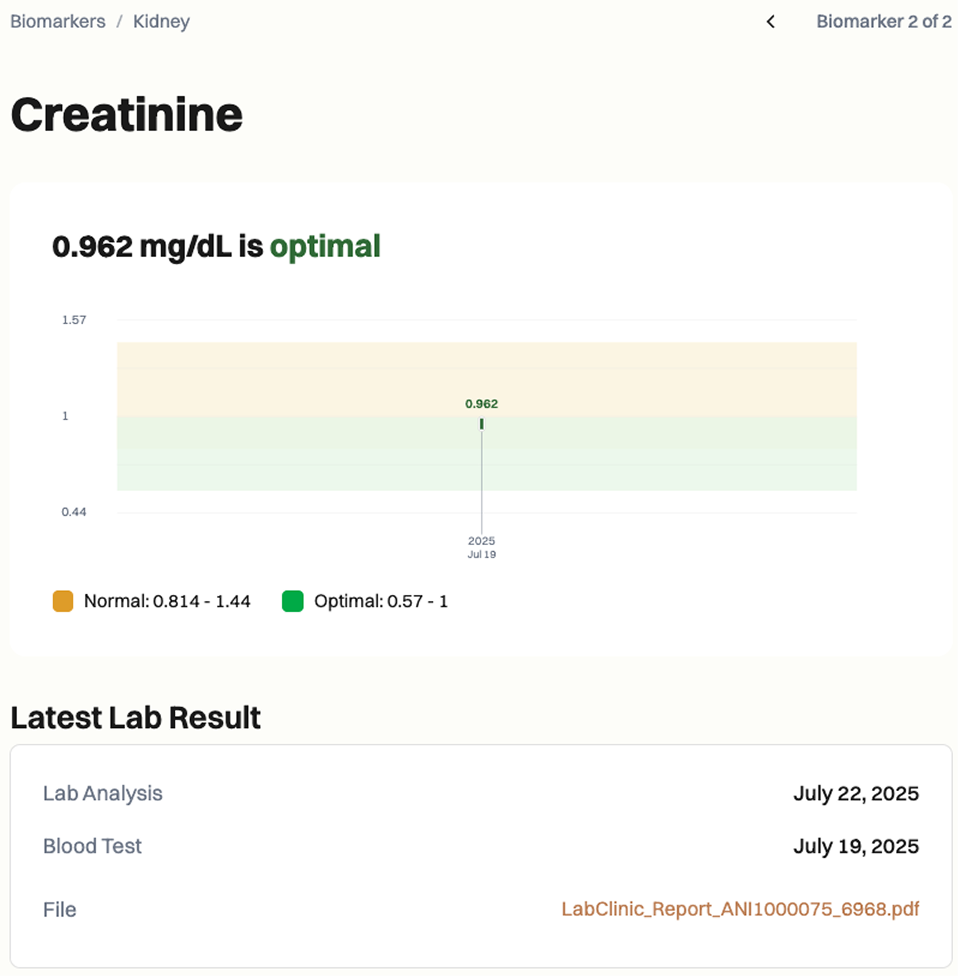
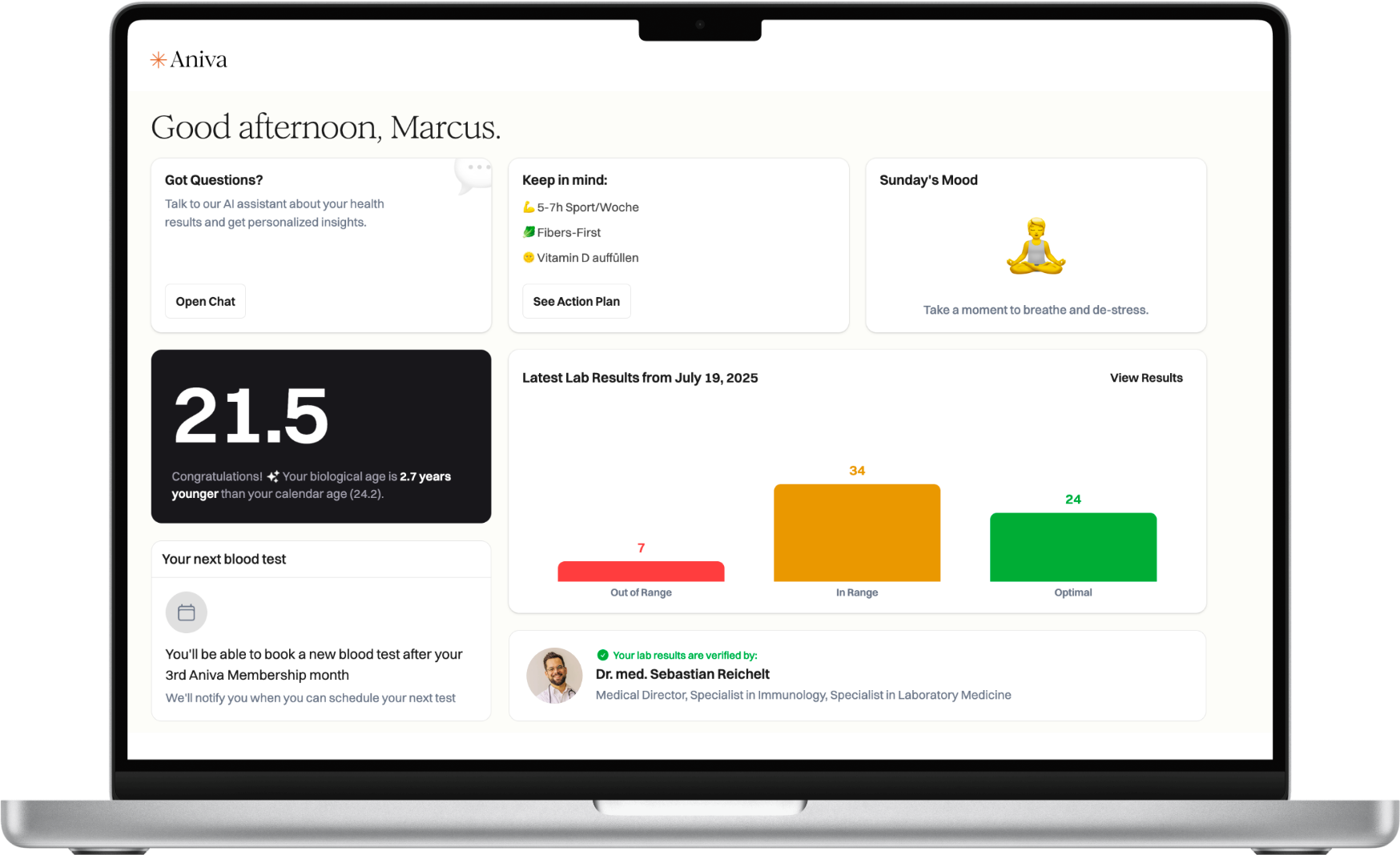
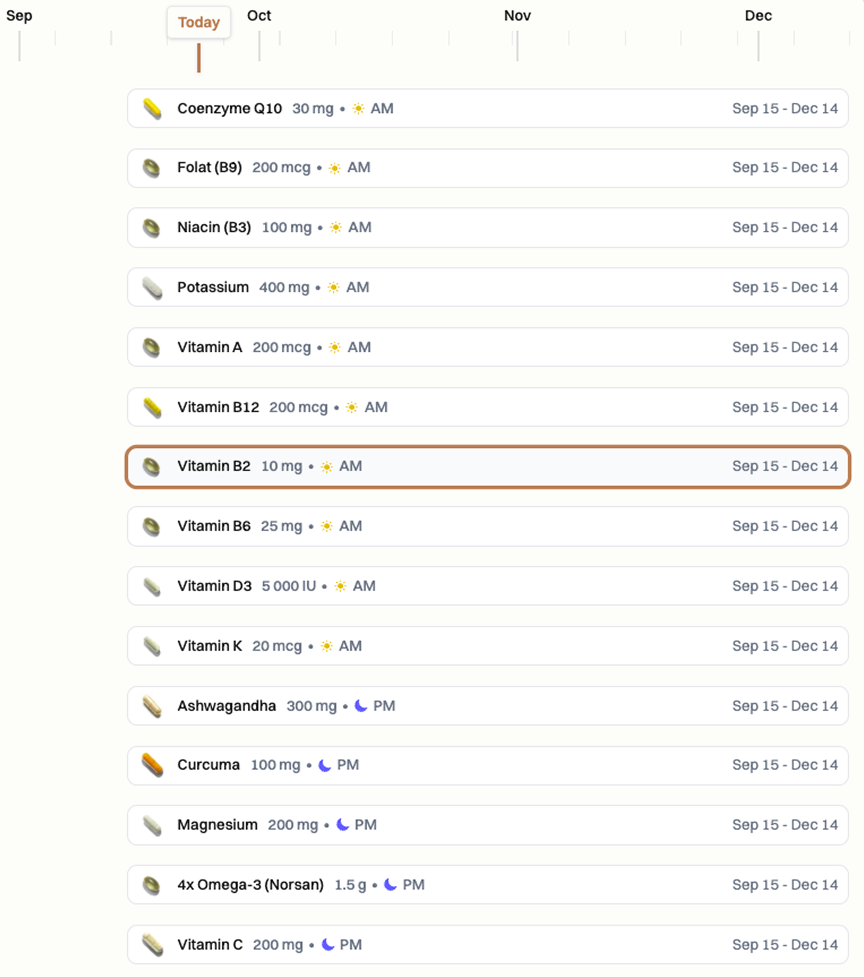
Common factors include recent heavy meals or alcohol (raise triglycerides), dehydration, hard exercise, and acute illness. Some medicines and supplements change lipids, such as statins, fibrates, omega‑3s, niacin, estrogen, steroids, beta‑blockers, and diuretics. Pregnancy and rapid weight changes can also shift results. The index depends on correct unit conversion (mmol/L vs mg/dL); mixing units skews values.
Special situations: confirm during a stable state if triglycerides were very high, after new medications, or soon after illness or pregnancy.
What does my result mean? Higher values suggest a more plaque‑promoting lipid pattern; lower values suggest the opposite. Always view it with your full cholesterol profile.
Do I need to fast? Fasting is not required for this index. Your clinician may ask for a fasting repeat if triglycerides are very high.
What can affect the result? Recent alcohol, big fatty meals, illness, intense exercise, and many medicines can shift triglycerides and HDL.
How often should I test it? Many people recheck with routine lipid panels, often every 3–12 months, or after changing lifestyle or medications.
How quickly will I get results? Most labs report within 1–3 business days, after measuring triglycerides and HDL.
What should I discuss with my clinician? Review LDL or ApoB targets, overall heart risk, and steps to improve triglycerides and HDL if needed.

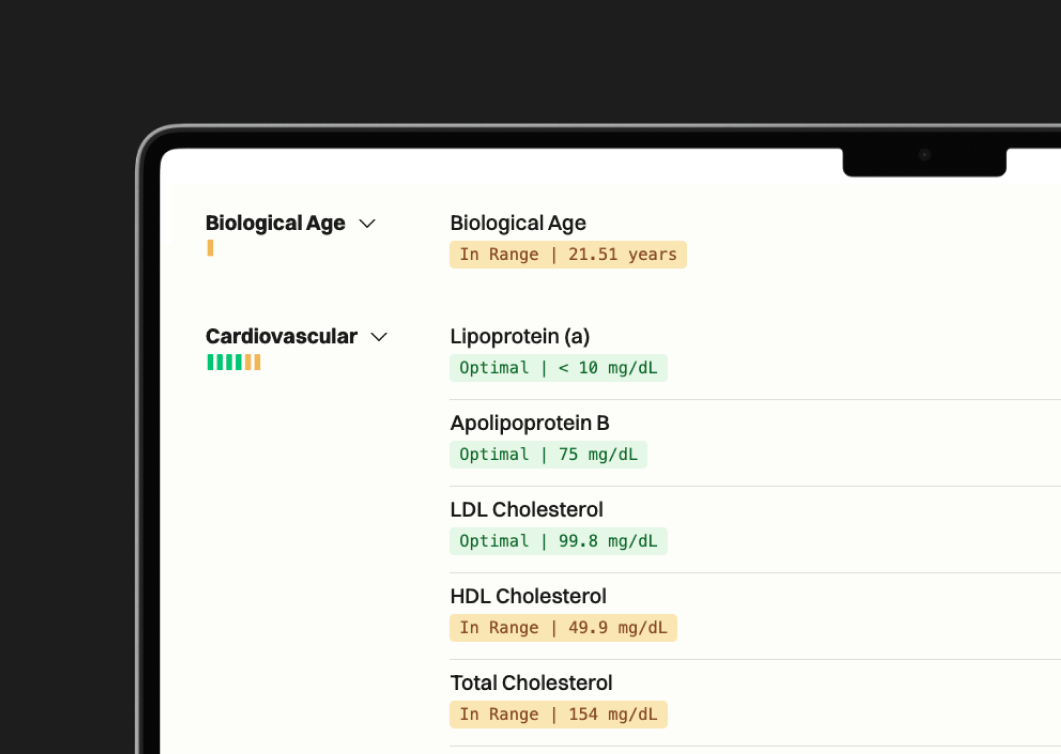
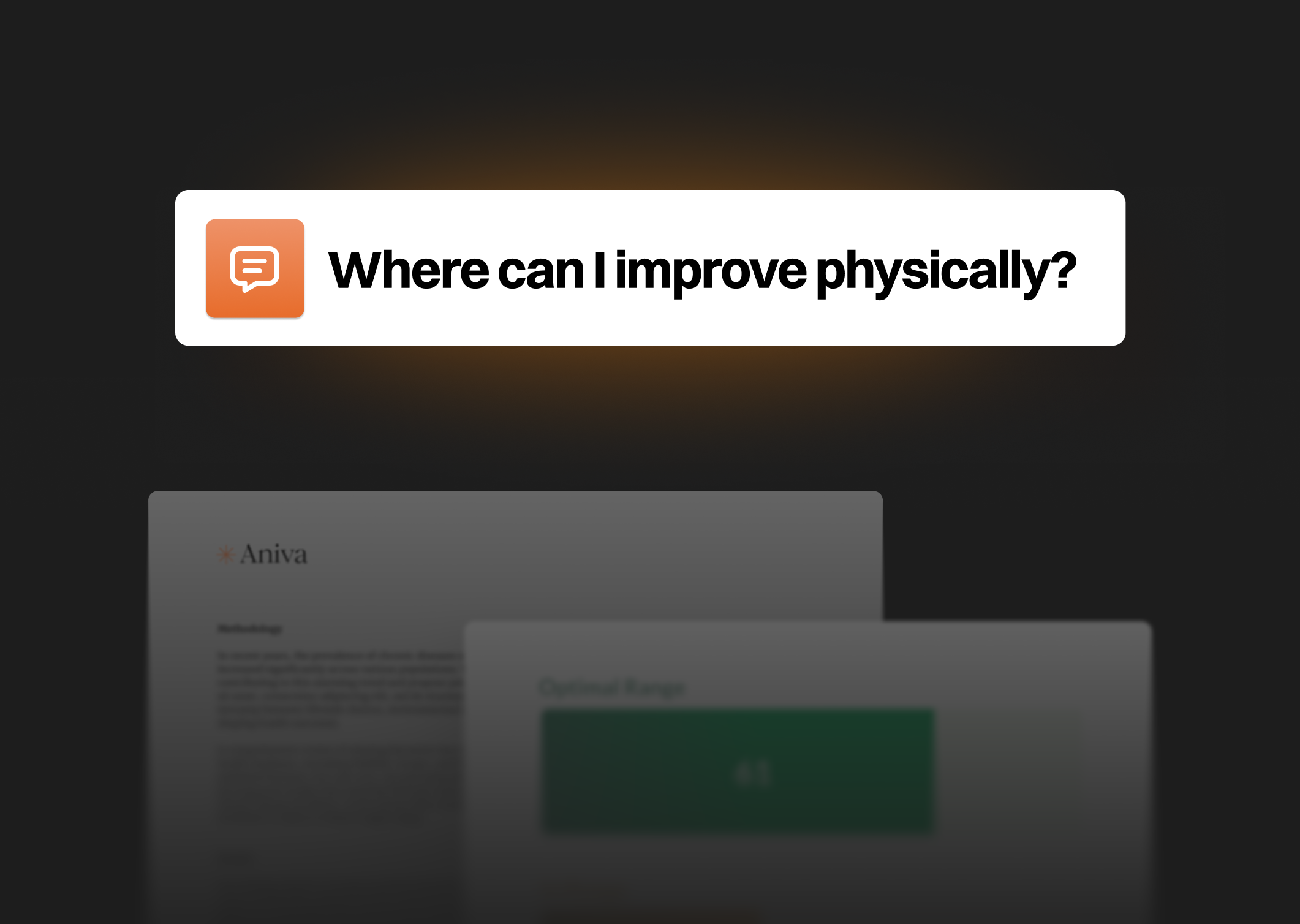
One annual blood test (100+ biomarkers)
Clinician-reviewed insights
Personalized action plan
Access to our AI Concierge
Access to curated products


63%
44%
70%